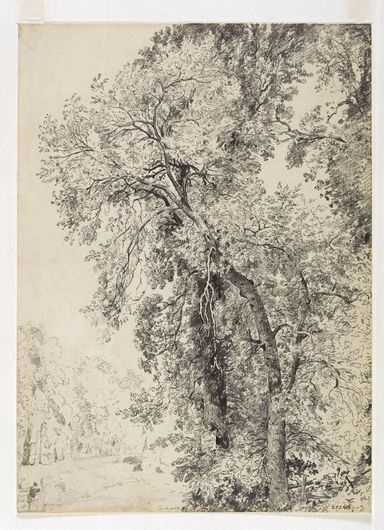Questionnaire with land owners and land managers with responsibility for management of ash trees and/or decision making about the management of ash trees: What might influence their decisions to carry out surveillance for Emerald Ash Borer or management of EAB (if it is found in Great Britain)?
Between September and November 2021 368 land managers and land owners from across Great Britain completed an online questionnaire about the decisions they might make with regard to surveillance and management relating to Emerald Ash Borer (EAB). Their responses allowed for analysis to be carried out to provide insight into what would influence the decisions they might take.
The scope of the potential influences investigated was informed by previous studies and existing evidence on land manager decision making, as well as behavioural models commonly utilised across social sciences. The potential influences included in the questionnaire and subsequent analysis were:
- Management, ownership and decision making responsibility of the individual
- Opinions about the importance of ash trees
- Personal perceptions of the risks presented by both Ash Dieback (ADB) and EAB
- Self reported knowledge of ADB and EAB
- Trusted information sources and organisations
- Characteristics of the trees and land being managed
- Personal and organisational values relating to ash trees
- Tree management aims
- Current ash tree surveillance and management practices
- Experiences of ADB
- Attitudes relating to management approaches for both ADB and EAB, plus attitudes about the surveillance options for EAB
These influences were analysed against the likelihood that land managers, land owners and decision makers would choose to implement surveillance or management for EAB.
The specific surveillance options investigated for EAB were:
- planting of sentinel trees,
- branch sampling,
- the use of sticky traps, and
- tree girdling.
The specific management options investigated were:
- pre-emptive felling,
- chemical (trunk) injections,
- biological control, and
- felling of infected trees
- (plus the option of taking no action).
Analysis revealed the following to be important influences on those decisions:
- Personal values associated with ash trees
- Risk perceptions associated with EAB and the threat to ash trees elsewhere in Great Britain
- Management objectives
- Previous experience with other tree health problems
- Attitudes to new approaches
- Ownership of trees
- Self-reported knowledge
These findings are presented in the diagram below which highlights statistically significant influences (where red circles show influences related to surveillance intentions and blue circles show influences related to management intentions for EAB).
These findings are important as they help policy makers understand more about some of the reasons why those with responsibilities for managing ash trees across Great Britain might (or might not) choose to take action for EAB. That understanding should be used to design appropriate support mechanisms likely to be drivers for positive action.

